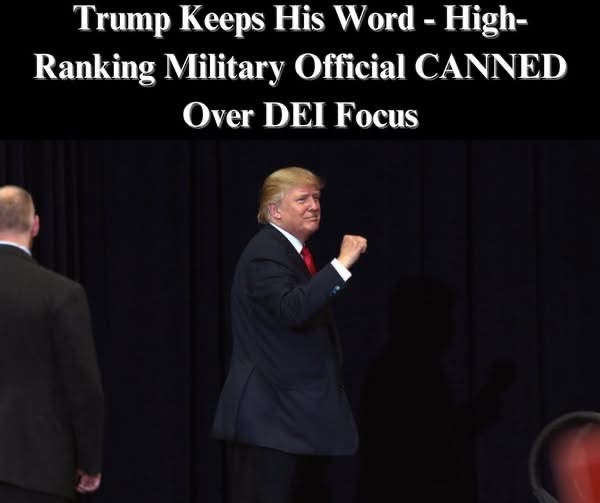President Trump announced a $2,000 “tariff dividend” for Americans, claiming it will be funded entirely by tariff revenue. Supporters cheered, critics questioned feasibility, and many are unsure how or when the payments might actually be distributed.
In the days leading up to the announcement, Americans found themselves immersed in a frenzy of speculation fueled by social media chatter, partisan commentary, and political rumor mills.
The nation watched as vague hints dropped by analysts, cryptic remarks shared by political insiders, and enthusiastic guesses from supporters created an atmosphere of mounting anticipation.
Every new whisper added to the sense that something significant was brewing inside the Trump camp, though no one could quite agree on what that “something” might be.
This uncertainty fed the digital echo chamber, producing an unusually intense cycle of conjecture and commentary even by modern political standards. People on both sides of the aisle tried to decode the signals, waiting for clarity that never came—until Sunday morning.
It was then that former President Donald Trump ended the suspense, confirming the circulating rumors and delivering an announcement that instantly polarized the nation. Speaking directly to his base through Truth Social, Trump declared his intention to grant every American a $2,000 “tariff dividend,” a term that immediately became a flashpoint of discussion. The payment, he asserted, would not require new taxes or additional government spending. Instead, he claimed it would be funded entirely by the tariff revenue generated under his trade policies. The declaration landed like a political thunderclap, offering supporters what many saw as long-awaited economic relief while stirring anxiety among critics wary of its feasibility. In a single post, Trump shifted the national conversation from speculation to intense debate.
In his message, Trump framed the proposal as evidence of his continued allegiance to the working class, presenting himself as a champion of ordinary Americans rather than the wealthy elite. He emphasized that his trade strategy, built around imposing aggressive tariffs on foreign imports, had produced substantial revenue—enough, he said, to deliver meaningful financial assistance to households. By characterizing the payments as a “dividend,” he sought to reinforce the idea that Americans were merely receiving their fair share of the benefits created by his policies. For his supporters, this narrative resonated strongly, fitting neatly into the broader political image he has cultivated for years: a leader who uses unconventional methods to restore power and wealth to everyday citizens.
The announcement, however, instantly triggered skepticism from analysts and opponents. Many questioned the premise that tariff revenue could singlehandedly fund such a large-scale national payout. Economists have long debated the actual fiscal effects of tariffs, noting that the burden of these taxes often falls on American consumers rather than foreign governments. Critics argued that Trump’s framing glossed over these complexities, presenting a simplified version of how tariff revenue works and how much of it truly exists for redistribution. Others pointed out that even if such revenue were substantial, the logistics of distributing universal payments would require congressional involvement, administrative infrastructure, and legal authority that may not align with Trump’s characterization of the process as automatic or straightforward.
Confusion spread among the general public, especially regarding the term “requirement,” which Trump referenced without offering clear explanation. People wondered whether some action would need to be taken to qualify for the payments, whether certain criteria would apply, or whether the checks would come automatically. The lack of details left many interpreting the announcement through their own political lenses: supporters saw it as a bold promise of relief; skeptics viewed it as an oversimplified campaign-style declaration; and the politically disengaged simply struggled to understand what was being proposed. News outlets scrambled to analyze the announcement, parsing the language while awaiting further clarification that had not yet materialized.
Ultimately, Trump’s declaration served as another example of his ability to command national attention and drive political discourse, even with brief statements issued through his preferred social media platform. Whether the proposed “tariff dividend” becomes a concrete policy or remains a symbolic gesture, the announcement demonstrates how economic promises can capture public imagination in a climate of financial uncertainty and social division. The nation’s divided reaction—cheers, criticism, and widespread uncertainty—highlights the ongoing polarization of American political life. For now, the $2,000 figure remains both a tantalizing possibility for those eager for economic relief and a contentious political flashpoint for critics demanding transparency and practical detail. What is clear is that Trump’s message successfully reignited debate about tariffs, economic policy, and the role of populist rhetoric in shaping public expectations.


